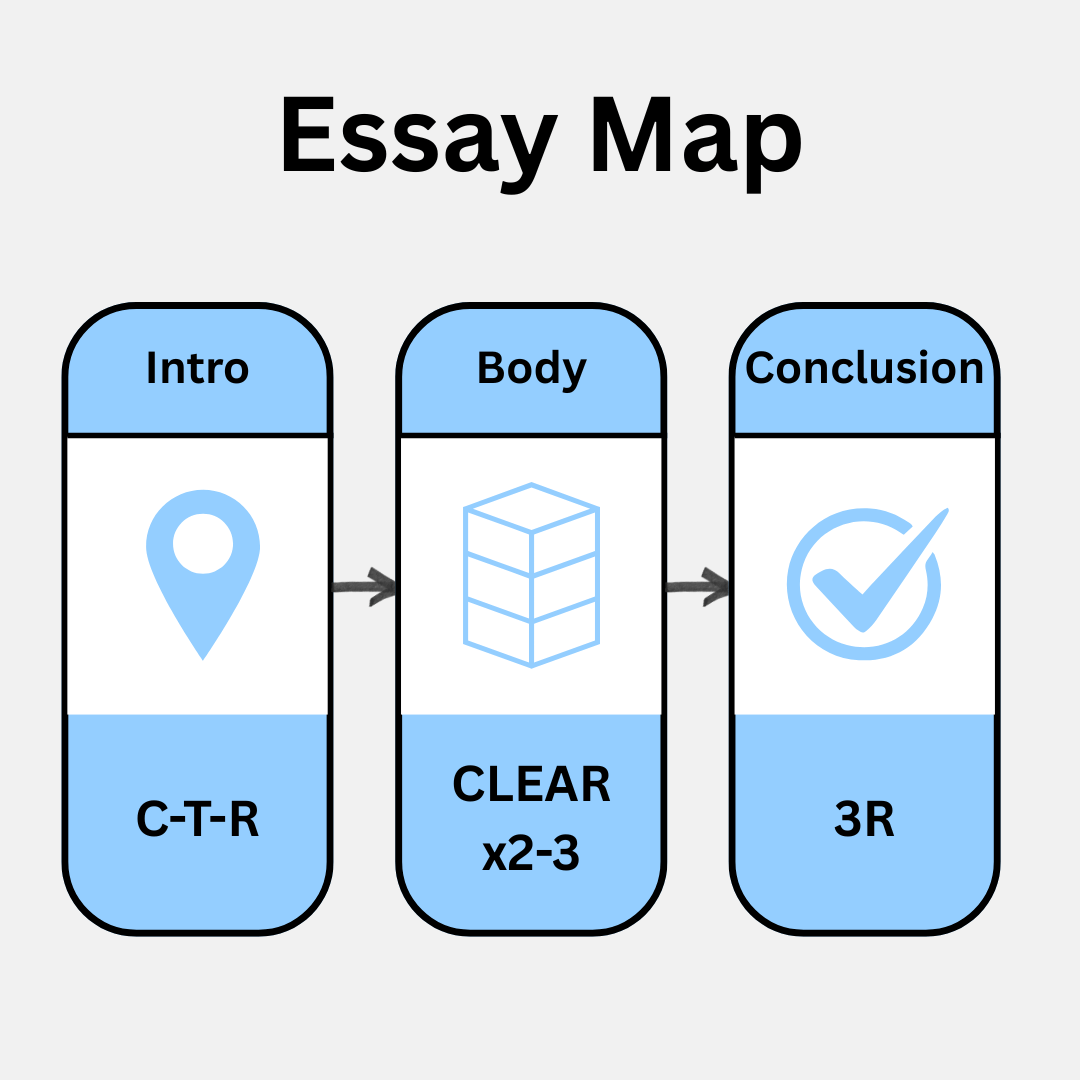Introduction Essay Body Paragraphs: A Step-by-Step Guide
Strong essay body paragraphs take a single idea, develop it logically, and link it back to the thesis.
In this lesson prepared by Learn English Weekly, you’ll learn a clean, repeatable structure for body paragraphs, see polished models, and practise the process with short classroom-ready exercises.
Your body paragraphs carry the weight of your argument, a useful skill when you’re preparing for IELTS or academic coursework. Examiners look for clear essay writing structure, precise topic sentences, convincing evidence, and analysis that proves your point.
Use the method below to make each paragraph purposeful and easy to mark.
Join over 500+ learners
Join the community for free resources and other learning opportunities.
No spam — only valuable English learning content.
The CLEAR method (a reliable structure)
C — Claim (topic sentence)
State the controlling idea of the paragraph in one sentence. Echo a keyword from the question and your thesis.
L — Link to the thesis
Tie the claim to your overall position so the reader sees relevance immediately.
E — Evidence / Example
Provide a concrete illustration: statistic, study, scenario, policy, or realistic example.
A — Analysis
Explain how the evidence supports your claim. Compare, infer causes, evaluate impacts.
R — Return / Link out
Close the paragraph by reaffirming the point and preparing the next paragraph (contrast, extension, consequence).
Rule of thumb: One paragraph = one idea. If you need another big idea, start a new paragraph.
Where body paragraphs fit in the essay writing structure
- Introduction = Context → Thesis → Route
- Body = 2–3 CLEAR paragraphs (each proving a different reason or angle)
- Conclusion = Recap → Resolve → Redirect

Model body paragraphs (adaptable for IELTS & academic writing)
Note the CLEAR labels in brackets—remove them in real writing.
Model 1: Opinion/Argument (Agree–Disagree)
Question (short): Governments should invest more in public transport than in roads. To what extent do you agree?
Paragraph:
(C) A more reliable bus and rail network reduces urban congestion more effectively than road expansion.
(L) This supports the essay’s position that transport funding should prioritise public transit.
(E) For example, when a northern English city added bus-priority lanes and capped fares, peak-hour journey times fell despite population growth.
(A) Because travellers could predict arrival times, a critical mass shifted from cars to buses; by contrast, extra lanes tend to fill quickly as driving becomes temporarily easier.
(R) Therefore, investment that improves frequency and reliability delivers durable traffic relief and aligns with environmental goals.
Model 2: Discussion (Both Views + Your View)
Topic: Remote vs office work
Paragraph:
(C) Office work remains valuable because it accelerates mentoring and problem-solving for new staff.
(L) This partially supports the “office” side before the essay argues for a hybrid model overall.
(E) Informal, five-minute desk-side checks often prevent day-long delays that occur when messages stack up online.
(A) The immediacy of face-to-face feedback compresses learning cycles, which is difficult to replicate in asynchronous tools.
(R) Even so, pairing these benefits with protected remote focus time offers the best productivity mix.
Model 3: Advantages & Disadvantages (Evaluate)
Topic: AI translation for learners
Paragraph:
(C) AI translation offers faster access to authentic texts but risks over-reliance.
(L) This refines the thesis that benefits outweigh costs with safeguards.
(E) Learners can check unfamiliar phrases instantly, then move on; however, drafting with translation from the start reduces retrieval practice.
(A) Because memory strengthens when learners attempt meaning first, translation should be a checking tool, not a generator of first drafts.
(R) Used in this order, AI tools raise comprehension without weakening vocabulary growth.
Model 4: Problem–Solution
Topic: Reducing plastic waste
Paragraph:
(C) Deposit-return schemes cut single-use plastic by rewarding returns at scale.
(L) This supports the essay’s recommendation for city-wide pilots.
(E) In European trials, return rates exceeded 85% within months and funded local recycling upgrades.
(A) By aligning incentives with desired behaviour, councils shift habits without policing every purchase.
(R) As a result, deposit-return should launch alongside clear public messaging and drop-off points near transport hubs.
Building a paragraph from notes (step-by-step)
- Draft the Claim (one sentence, includes a keyword from the question).
- Write the Link (half a sentence is fine: “This supports the view that…”).
- Choose one strong Example (realistic is enough; exact numbers optional under exam time).
- Analyse (answer “so what?” and “why does this prove the claim?”).
- Return (close the loop; hint at the next paragraph’s angle).
Sentence starters you can teach (swap in as needed)
- Claim: One compelling reason is… / A key factor is…
- Link: This supports the argument that… / This aligns with the thesis because…
- Evidence: For example… / A recent programme shows…
- Analysis: This suggests… / Consequently… / By contrast…
- Return: Therefore… / Overall… / As a result…
Common mistakes, and quick fixes
- Two ideas in one paragraph → Split into two; give each a fresh Claim.
- Evidence with no analysis → Add “This shows that…” + causal link back to the thesis.
- Vague topic sentence → Name the who/what/where precisely; avoid “there are many reasons”.
- No Return sentence → Add a closing line that points to consequence or sets up the next point.
- Over-quoting sources → Summarise the idea; keep the focus on your analysis.
Mini-exercises (for class or self-study)
Exercise 1 — Label the parts (CLEAR):
Read this paragraph and write C/L/E/A/R above the lines.
“Public libraries reduce educational inequality for low-income families. This supports the view that councils should maintain core funding. For instance, weekend revision clubs with free internet access attract pupils who lack quiet home study space. Because these sessions build routines and provide guidance, exam results improve without costly private tuition. Therefore, stable library budgets are a relatively low-cost way to raise attainment.”
Exercise 2 — Strengthen the Analysis:
Improve the bold part with a cause–effect or consequence.
“Many schools adopted laptop schemes during exams. This is good.”
→ Upgrade: “This reduces handwriting fatigue but risks distraction, so schools should lock exam devices to single-app modes.”
Exercise 3 — Write one CLEAR paragraph (10 minutes):
Prompt: Should fast fashion be taxed to reduce waste?
- Claim: __________________________________________
- Link: ___________________________________________
- Evidence: _______________________________________
- Analysis: _______________________________________
- Return: _________________________________________
Exercise 4 — Replace the Claim (precision drill):
Weak claim: “Public transport is important.”
Precise claim: ______________________________________
Exercise 5 — Return sentence options (choose one):
- “Therefore, a pricing policy paired with better service is more effective than fines alone.”
- “Overall, the long-term benefits outweigh the short-term costs.”
- “As a result, the next section evaluates funding models.”
Cohesion between paragraphs (make them talk to each other)
End Paragraph 1 with a Return that naturally opens Paragraph 2.
- P1 Return: “However, without reliable service information, uptake stalls.”
- P2 Claim: “Real-time bus tracking resolves this barrier by rebuilding trust.”
Design idea (arrow strip): P1 Return → P2 Claim, showing how one idea sets up the next.
Conclusion
Powerful essay body paragraphs are built with a repeatable logic: Claim → Link → Evidence → Analysis → Return. Practise the CLEAR method with the exercises above, then remove the training wheels and write more freely. Your ideas will feel sharper, your paragraphs will be easier to mark, and your overall essay paragraphs guide will become second nature.
Next step: Explore more Writing Skills guides below.
Glossary
- body paragraph (n.) — a paragraph that develops one main supporting idea.
- claim (n.) — the central point of a paragraph (topic sentence).
- evidence (n.) — example, data, or illustration supporting the claim.
- analysis (n.) — explanation of how the evidence proves the claim.
- cohesion (n.) — linguistic links between sentences/paragraphs.
- coherence (n.) — overall logical flow of ideas.
- controlling idea (n.) — the specific focus a paragraph develops.
- signposting (n.) — words/phrases that guide the reader through the logic.
- concession (n.) — brief acknowledgement of a valid opposing point.
- link sentence (n.) — a closing/transition sentence connecting paragraphs.
Practise What You Leanrned
Questions
- True/False: A strong body paragraph should usually develop one controlling idea.
- In the CLEAR method, which part explains how the evidence proves the point?
A. Claim
B. Link
C. Evidence
D. Analysis - Which is the best Claim (topic sentence)?
A. “Public transport exists in many cities.”
B. “Public transport reduces congestion when frequency and reliability improve.”
C. “A city added bus lanes last year.”
D. “Traffic is a problem everywhere.” - Write a Return sentence for a paragraph arguing that AI translation should be used after attempting meaning first. (Short answer)
- Identify the missing part: “Many councils installed bike lanes. For example, protected routes doubled commuter numbers. [____] Therefore, cities should connect gaps near rail stations.”
A. Claim
B. Link
C. Analysis
D. Return
Answers below.
ANSWERS
- True.
- D — Analysis.
- B. It is precise and arguable.
- Sample: “Therefore, setting classroom rules to check translation after a first attempt protects vocabulary growth while keeping support available.”
- C — Analysis
Join over 500+ learners
Join the community for free resources and other learning opportunities.
No spam — only valuable English learning content.
